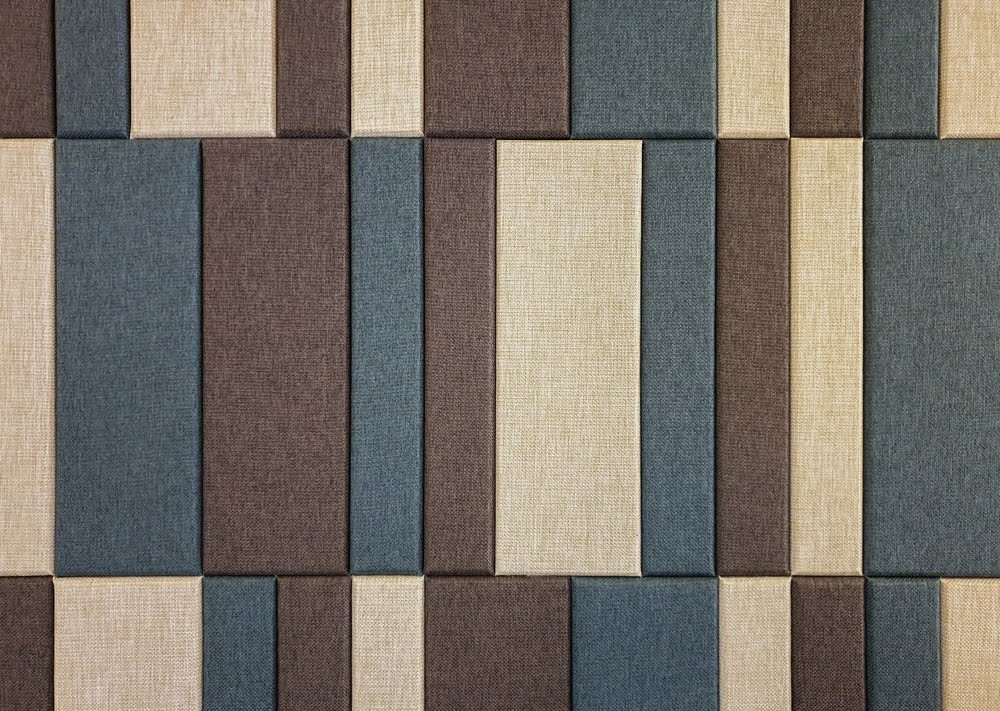Acoustic panels are more than practical solutions to control noise; they’re powerful design tools in contemporary architecture. Their ability to shape both the sensory and aesthetic experience of a space makes them uniquely positioned at the intersection of form and function.
As our built environments become more open, dynamic, and multipurpose, the demand for acoustic comfort grows. But rather than concealing sound-absorbing elements, today’s architects and designers are embracing them, integrating Autex acoustic panels as visible, intentional features that contribute to the visual identity of a space.
Why Acoustic Panels Are Essential
Modern architectural trends favour expansive interiors, hard surfaces like concrete and glass, and open-plan layouts, all of which tend to amplify sound. Without appropriate acoustic treatment, these spaces can quickly become uncomfortable, echo-prone environments that hinder communication, concentration, and wellbeing.
Acoustic panels offer a solution by absorbing sound waves and reducing reverberation. But beyond that, they offer an opportunity: to become part of the design language itself. Instead of hiding in ceilings or being disguised behind materials, acoustic panels are now being celebrated for their form, colour, and rhythm.
These panels are sculptural, colourful, and expressive. They’re used to add dimension to flat surfaces, bring warmth and texture to industrial materials, and even communicate brand or thematic narratives.
How Acoustic Panels Enhance Modern Design
1. Visual Rhythm and Spatial Flow
Acoustic panels can guide the eye and shape the experience of moving through a space. Repeated patterns or suspended elements introduce rhythm and flow, creating visual pathways or framing key areas. In open-plan spaces, ceiling panels or wall installations can subtly delineate zones without the need for partitions or walls.
2. Texture and Depth
The tactile quality of acoustic materials brings softness and depth to interiors. In spaces dominated by glass, steel, and polished finishes, felted or fabric-wrapped panels introduce a much-needed counterbalance. They break up harsh reflections and add layers of materiality that are both functional and visually enriching.
3. Colour as a Narrative Tool
Acoustic panels come in a wide spectrum of colours and can be customised to suit virtually any palette. Designers use this flexibility to reinforce a brand’s identity, evoke specific moods, or simply inject vibrancy into otherwise neutral spaces. Whether subtle or bold, colour becomes part of the story the space is telling.
4. Sculptural Form
Three-dimensional panels and suspended elements turn ceilings and walls into canvases. In atriums, lobbies, or large shared areas, they serve as both art and infrastructure, adding drama while solving acoustic problems. Panels can be arranged in geometric patterns, organic shapes, or even typography, creating installations that blur the line between utility and art.
Applications in Different Architectural Spaces
In workplaces, acoustic panels help balance the openness of collaborative spaces with the need for quiet focus, often doubling as dividers, feature walls, or ceiling sculptures.
In educational environments, they support better concentration and learning outcomes, while also reinforcing school colours or providing visual cues for navigation.
In hospitality and retail, they contribute to ambiance and brand expression. Carefully placed panels in a cafe or boutique might reflect the identity of the brand while ensuring the space remains pleasant to inhabit.
Even in residential architecture, especially in home offices, media rooms, or loft-style living areas, acoustic panels are finding their place, not just to improve sound, but to act as design-forward alternatives to traditional wall treatments.
Final Thoughts
Acoustic panels are no longer backstage elements in modern architecture. They’ve taken centre stage, shaping spatial identity, enhancing wellbeing, and adding visual sophistication. Their presence is reflective of a more holistic design philosophy: one that recognises that how a space sounds is just as important as how it looks.
In the hands of today’s architects and designers, acoustic panels are tools for both silence and storytelling, turning sound control into a design statement.

